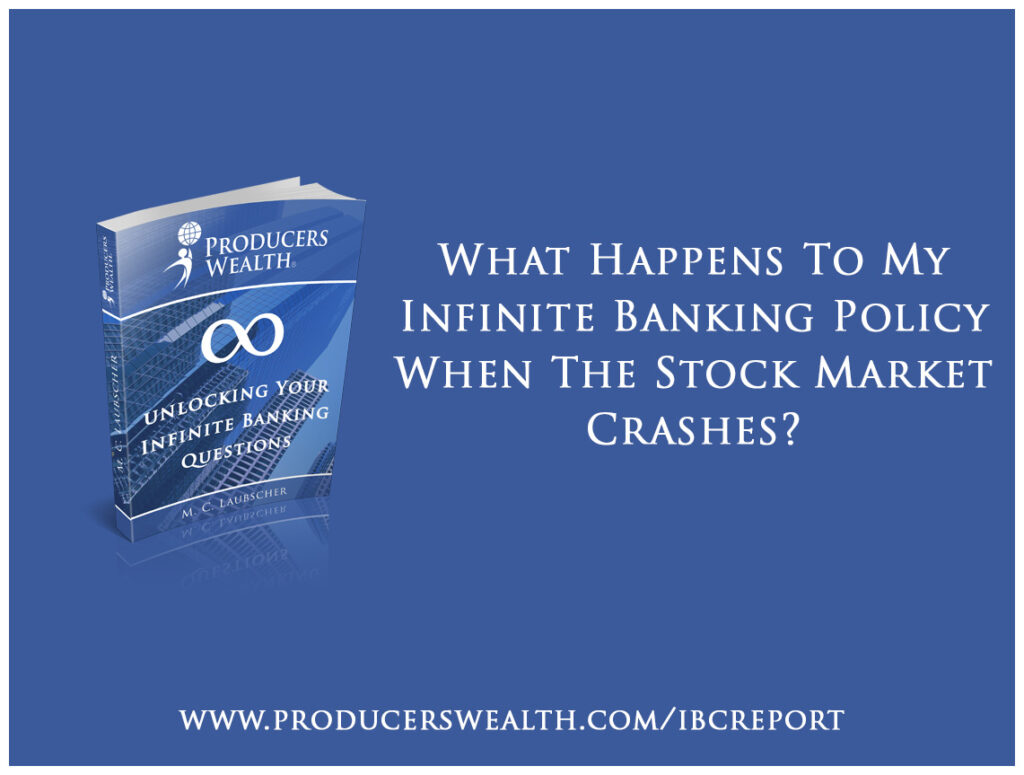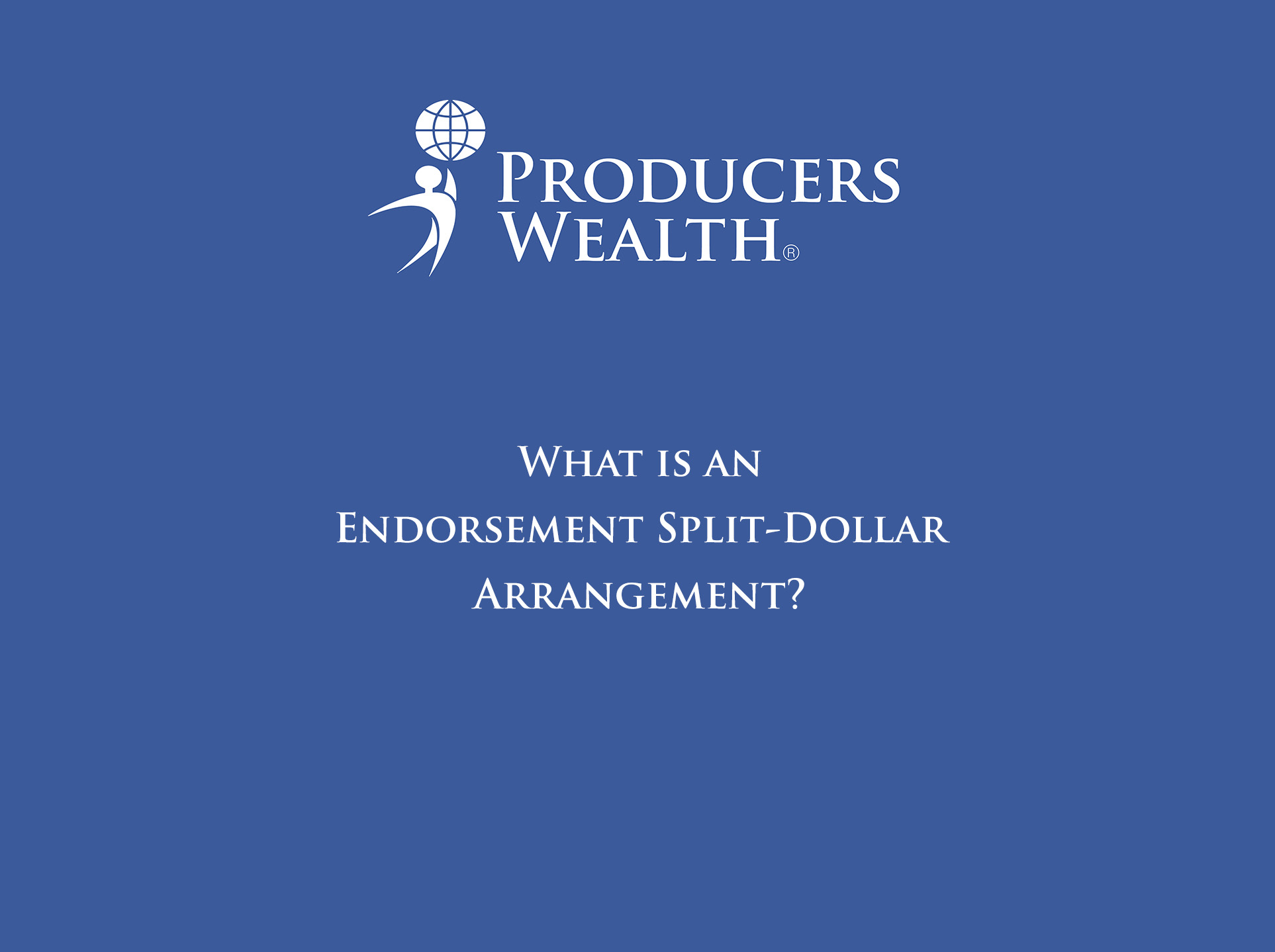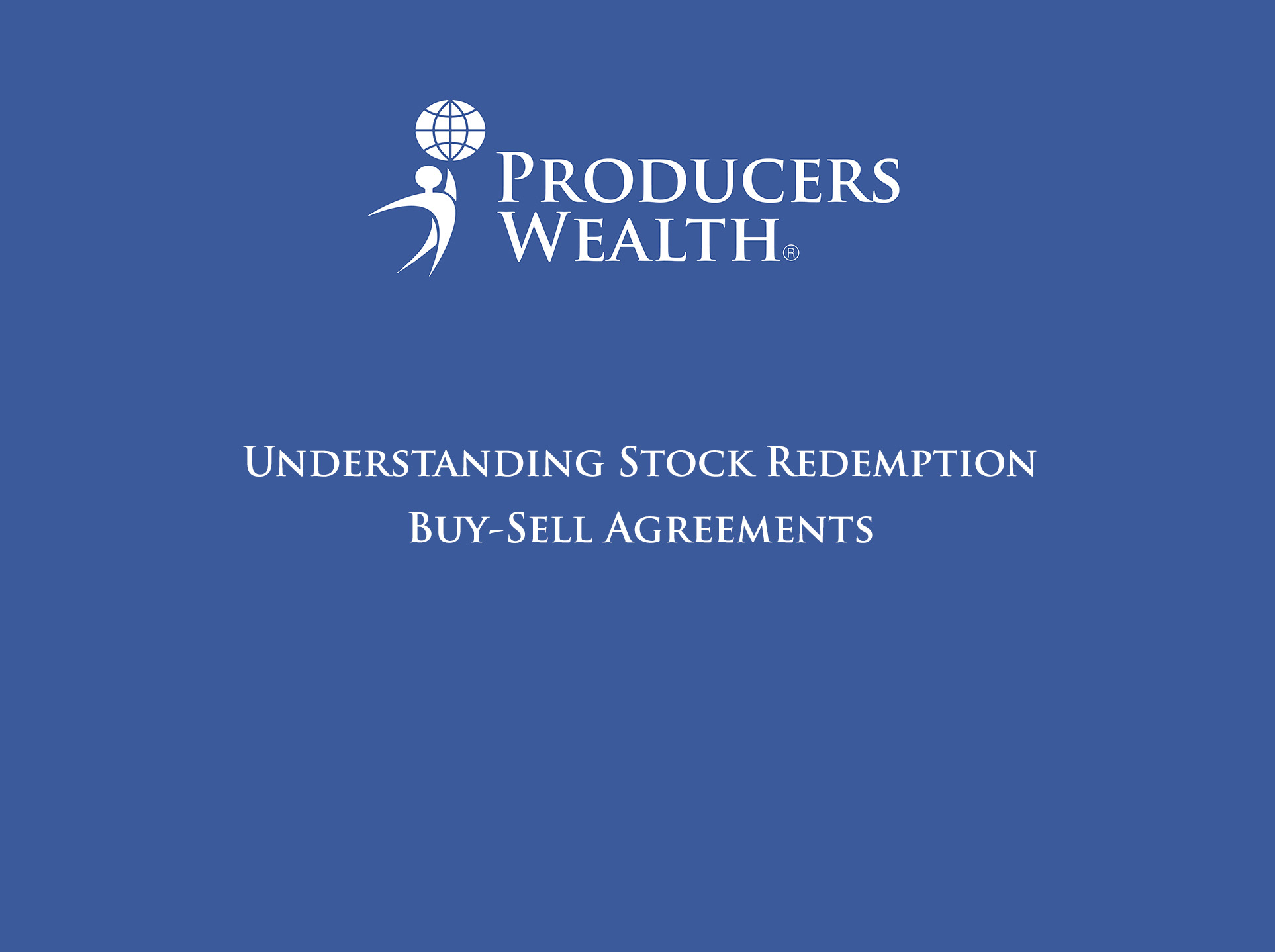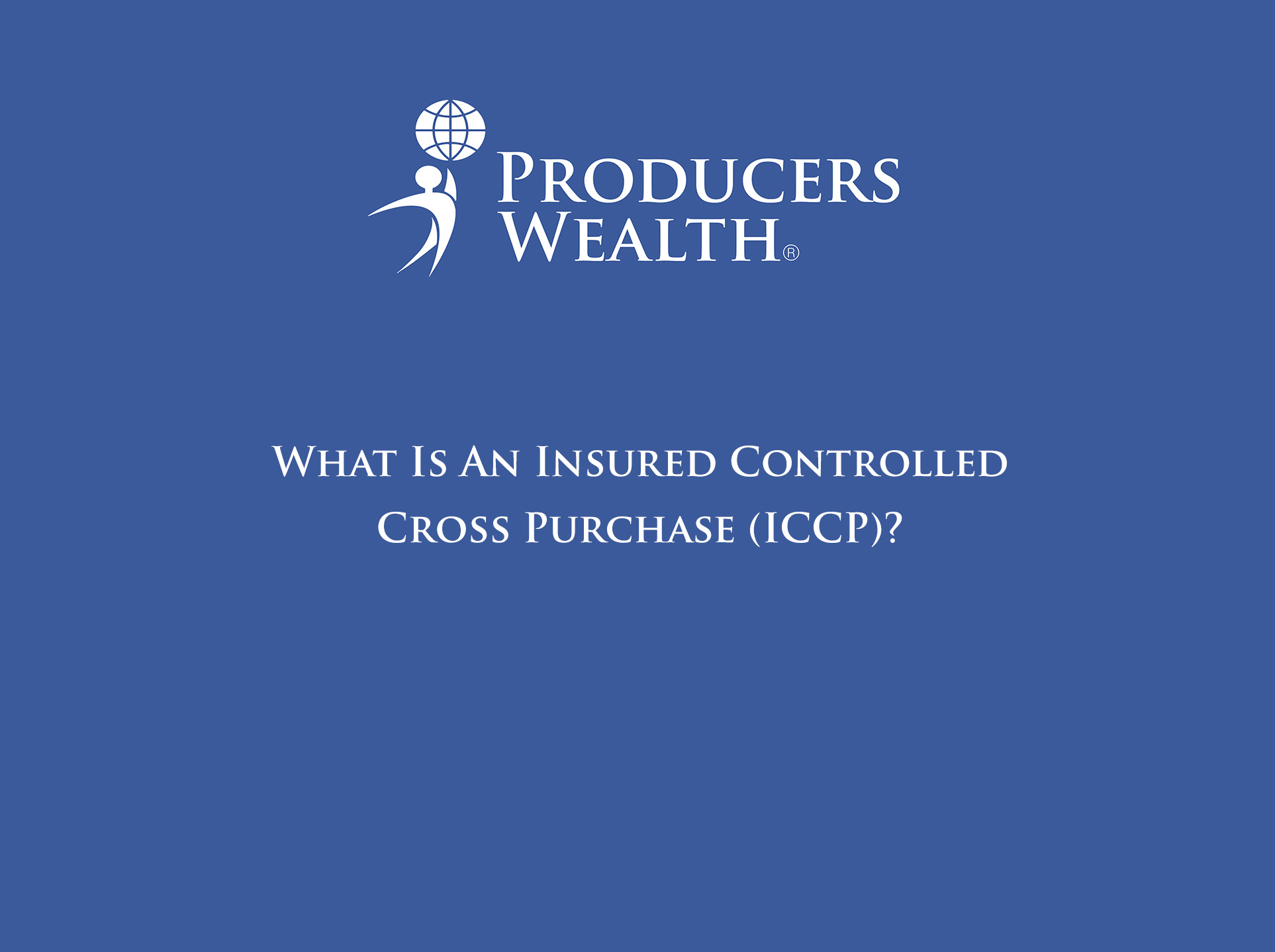
If the stock market crashes, the first thing to understand is that whole life insurance policies, including those used in the Infinite Banking, are not directly tied to the stock market’s performance.
Insurance companies invest premiums to create a return, but they are required by law to keep their investments very conservative to ensure they can pay all policyholders’ claims.
This means the cash value of your whole life policy is insulated from market volatility and the type of losses you might see in a stock market crash.
Instead, it will continue to grow at the guaranteed rate specified in your policy, plus any dividends that the insurance company may pay. These dividends are not guaranteed and can fluctuate but are not directly tied to the stock market’s ups and downs.

Looking at the historically dividend payouts by the biggest mutual life insurance you will be able to see how mutual life insurance e. carriers performed during massive market corrections and crashes.
The dot-com crash, also known as the dot-com bubble burst, took place from 2000 to 2002. It was a period of extreme growth in the usage and adaptation of the Internet, followed by a stock market crash in the technology sector.
At its peak, the tech-heavy NASDAQ Composite index had a record high close of 5048.62 on March 10, 2000. When the bubble burst, the NASDAQ lost a significant amount of its value, falling to 1,114.11 points by October 2002. This represented a drop of nearly 78% from its peak.
The S&P 500 Index, a benchmark for U.S. stocks, also declined during the dot-com bubble burst, although its drop was not as dramatic as that of the tech-heavy NASDAQ.
The S&P 500 peaked in March 2000 at a level of around 1,552. It then entered a bear market (a decline of 20% or more from the peak) and by October 2002, the index had dropped to around 768. This represented a decline of approximately 50%.
As the NASDAQ lost approximately 78% from its peak and the S&P index lost approximately 50% the average dividend during this stock market carnage from mutual life insurance carriers paid on their whole life policies was over 8% and tax -free.
During the Great Financial Crisis (GFC) the stock market had another major correction.
In the United States, the S&P 500 Index, a common benchmark for U.S. stocks, peaked in October 2007 at around 1,565 points. By March 2009, the S&P 500 had bottomed out at around 666 points. This represented a drop of approximately 57%, which was one of the largest declines in U.S. market history.
The Dow Jones Industrial Average, another key index, also dropped significantly. It fell from a peak of just over 14,000 points in October 2007 to a low of about 6,500 points in March 2009, a decline of roughly 54%.
Similarly, the NASDAQ Composite, which is heavily weighted toward technology stocks, peaked around 2,861 points in October 2007 before falling to around 1,265 points in March 2009, a drop of approximately 56%.
With the S&P down approximately 57%, the Dow Jones Industrial Average down approximately 54%, and the NASDAQ down approximately 56%, mutual life insurance carriers during this time paid on whole life policies dividends of 6.7% that are tax free.
Watch all of our educational videos on Infinite Banking here.
Disclaimer and Waiver
Michiel Laubscher & Laubscher Wealth Management LLC is not an investment advisor and is not licensed to sell securities. None of the information provided is intended as investment, tax, accounting, or legal advice, as an offer or solicitation of an offer to buy or sell, or as an endorsement, of any company, security, fund, or other offerings. The information should not be relied upon for purposes of transacting securities or other investments. Your use of the information contained herein is at your own risk. The content is provided ‘as is’ and without warranties, either expressed or implied. Michiel Laubscher & Laubscher Wealth Management LLC does not promise or guarantee any income or specific result from using the information contained herein and is not liable for any loss or damage caused by your reliance on the information contained herein. Always seek the advice of professionals, as appropriate, regarding the evaluation of any specific information, opinion, or other content.





